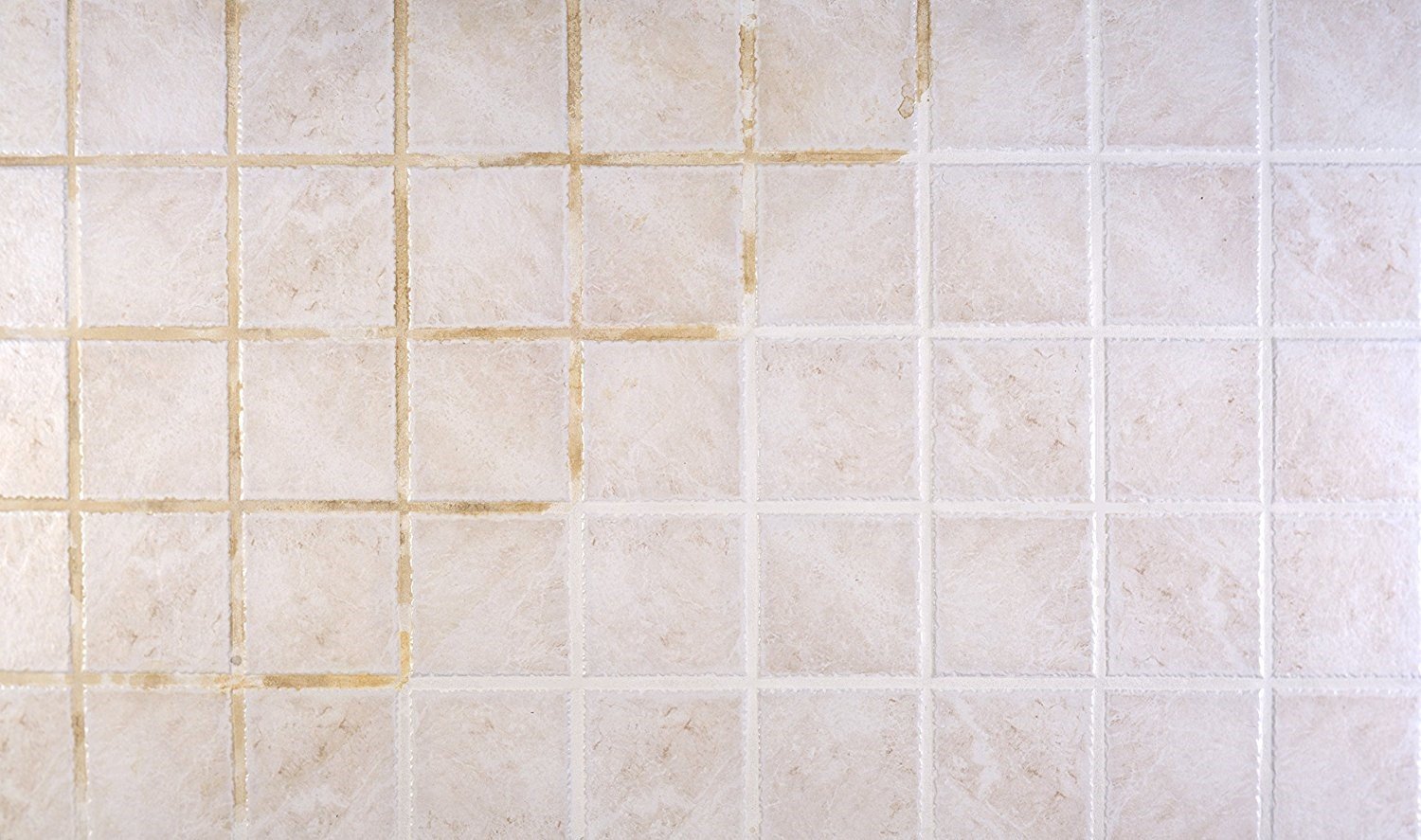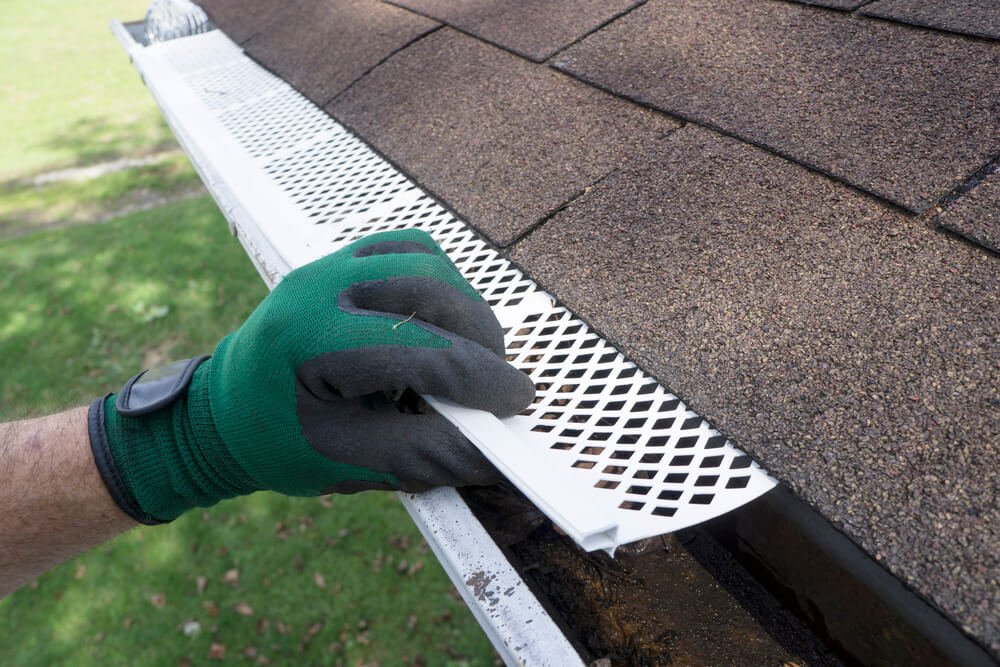Is That Roof Over Your Head Energy Efficient?
Remember when your mother told you to be grateful for the roof over your head? That’s just not enough these days; that roof should be made of energy-efficient materials, too. We give you our top picks for green roofing materials to help you make that energy-saving switch and have one or two more reasons to be thankful.
Why Make the Switch
Any roof can protect your family, home, and possessions from elements such as insects, birds, and other organisms, rain, UV rays, dust, and other pollutants, but an energy-efficient roof can give you so much more benefits. Possibly the biggest benefit you can get from an energy-efficient roof is huge savings for your family. There is less energy used and/or wasted, which easily translates to a slash off your monthly utility bill.
According to the Department of Energy, air-conditioning accounts for about half of the average American family’s utility bill, which amounts to about $137/month or $1,644/year. Depending on the type, an energy-efficient roof can cut off 7%-58% from your energy consumption. The main principle behind this is that an energy-efficient roof has a lower cooling demand while keeping the house cool for longer periods of time.
When you use less energy, you give off less carbon footprint, which is good for the environment. The government highly encourages caring for the environment that simply using energy-efficient roofing material can make you eligible for a tax credit of up to $500. Monthly savings, less carbon footprint, a tax credit – what more can you ask for?
Energy Efficient Roofing Materials
1. Slate and Clay
Slate and clay are the “salt and pepper” of the roofing industry, proving themselves indispensable even as far back as the 3rd millennium BC. These two are top candidates for roofing materials because they are naturally occurring, biodegradable, fire-proof, recyclable, highly aesthetic, and can last more than 100 years. They have high heat-reflecting properties, which make them perfect for warm-weather climates.
2. Metal
Common metal roofing materials are copper, steel, and aluminum. These metals keep homes cool as they reflect more of the heat from the sun than absorb it. Metals roofs are also easy to maintain as elements like rain and snow slide off instead of getting trapped in crannies.
3. Thermoplastic Olefin/Polyolefin (TPO)
Thermoplastic olefin/polyolefin is one of the newest discoveries in the roofing industry. It is made from ethylene propylene rubber and is applied as a roof covering. TPO has quickly gained popularity because of its many advantages; three of the most powerful are their exceptional flexibility, heat-reflective properties, and incomparable resistance to UV, ozone, and chemicals.
4. Sprayed Polyurethane Foam (SPF)
Sprayed polyurethane foam (SPF) is believed to yield the highest energy savings – up to a whopping 58%! SPF is a mixture of isocyanate and polyol which is sprayed in liquid form and then quickly expands to settle into thick, solid foam that functions as a superbly effective insulator. It reduces the need for heating or air-conditioning, so it’s not a concern whether you live in cool- or warm-weather climate.
5. Living Roof
A living roof, also commonly called a “green roof”, is a roof made of grass and growing plants, basically a garden on top of the roof. This is obviously the hardest roof to maintain as it requires tending unless you’re into the rugged, unkempt aesthetic. Green roof owners swear by their roofs, claiming that it is able to cool their homes practically the whole year round, almost ridding of the need for air-conditioning.
A green roof is possibly the most environment-friendly roof; it significantly reduces energy consumption while filtering pollutants and carbon dioxide from the air. It is a low-cost roofing system that just keeps giving – can extend your roof life by up to 300%! The vegetation protects the roof from UV rays and effectively absorbs rainwater even before it reaches your roof’s waterproofing membrane.
Are You Ready to Make that Switch?
With all the costs and options that you have to take in consideration, home improvement can be both exciting and daunting. Roof installation or even a simple re-roofing may seem like so much trouble, but it helps to think of it as a proactive step towards sustainability. When it comes to roofing solutions, Severnside Roofing & Building Specialists, a professional roofer in Telford, recommends you consider these factors:
- Climate, location, and state building codes
- Your home’s architectural design
- Budget for installation plus cost of future repairs/maintenance
- Ease of cost and effort for maintenance
- Energy efficiency
- DIY or hire a pro?
Once you have decided on these factors, it will be much easier for you to decide on which energy-efficient roofing material is most suitable for your home and lifestyle.
Before you start on your roofing project, heed this pro tip: hire a professional roofer. They are trained, knowledgeable, and can do the job much faster, safer, and more efficiently.



